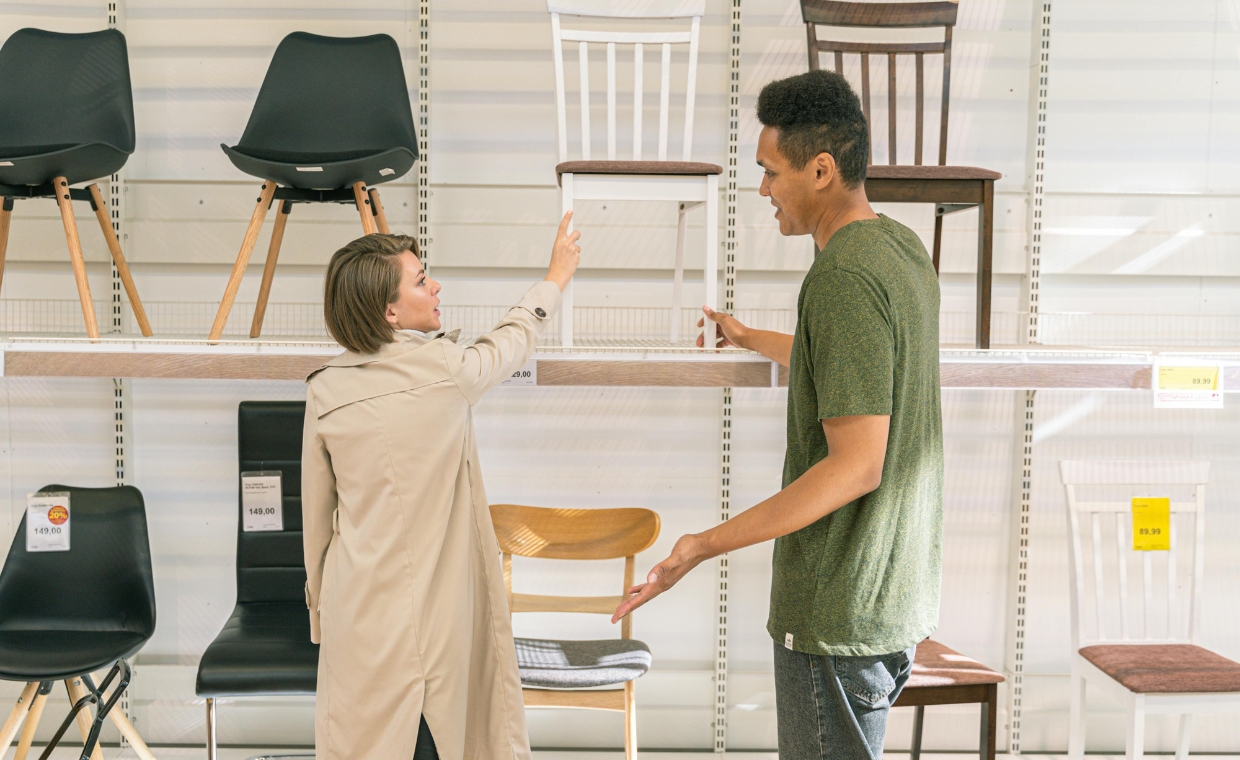
Interior design is all about transforming plain, empty rooms into beautiful, functional spaces that reflect the homeowner’s style and personality. It is both an art and a science, requiring creativity as well as technical knowledge and skills. The interior designer must balance aesthetic appeal with practical considerations like layout, lighting, and furniture placement. Their role is to interpret the client’s vision while providing expertise and guidance, and this is where we get to know why moodboards are necessary for interior design.
One of the most important tools that interior designers use to bring stunning interiors to life is the mood board. This collage of images, materials, and color palettes sets the tone and direction for the space. A mood board is an essential part of the design process, allowing designers to effectively communicate concepts and ideas. For both designers and clients, mood boards provide invaluable inspiration and clarity as they embark on an interior design project.Here are some of the key benefits of using mood boards:
Visualising the Design Concept

One of the biggest challenges when starting an interior design project is translating abstract ideas into concrete plans. Mood boards provide a visual representation of the desired look and feel for the space. This could include a color scheme, architectural details, styles of furniture, lighting fixtures, flooring options, and more. Seeing these elements together allows the designer to envision how the components will unite into a cohesive design concept. It also allows clients to better understand and give feedback on the emerging plans.
Defining the Client’s Style

Every interior design project begins with understanding the client’s unique sense of style and aesthetic preferences. Mood boards help define and articulate the style that will shape the space. Are they drawn to modern and minimalist looks or cozy and traditional? Do they love bold colors and patterns or prefer neutral palettes? The images and materials on the mood board clarify the style direction. This ensures the final design will reflect the homeowner’s personality and lifestyle.
Inspiring Creativity

Interior designers rely on constant creativity and innovative thinking to dream up stunning interiors. Mood boards provide a burst of visual inspiration to get those creative juices flowing. Collecting beautiful imagery related to the desired aesthetic encourages designers to think outside the box as they put together the interior plans. The mood board provides a jumping-off point to explore exciting new possibilities.
Guiding Design Choices
With endless options for finishes, furniture, lighting, and decor, mood boards help interior designers zero in on appropriate selections. The collections of images and materials on the board provide guidance in choosing items that work together to achieve the intended style. Whether it’s a lush velvet sofa or an airy linen drape, the mood board steers these important design choices.
Presenting to Clients

Interior designers use the mood boards on their professional interior design software as a tool to present concepts and ideas to clients. Seeing the visual representations helps clients better envision the proposed designs. Mood boards also aid in collaborating with clients throughout the process, ensuring the interiors align with their functional needs and aesthetic taste. They provide an excellent springboard for discussions between designer and homeowner.
Bringing Ideas to Life
Ultimately, the ideas and inspiration captured on a mood board must be translated into a fully realized, three-dimensional interior design. With the mood board as a guide, interior designers can take the client’s vision from abstract concepts to concrete reality. Every detail, from spatial layout to color schemes, lighting, and furnishings, can be carefully curated to bring the desired style to vivid life within the space.
Achieving Design Success

For interior designers, having a clear, consistent mood board to reference is crucial in creating cohesive spaces that exceed client expectations. These collages of imagery and materials provide invaluable direction and inspiration at each stage of the design process. Mood boards enable designers to craft interiors that perfectly blend aesthetics, functionality, and personal style. Their ability to effectively communicate concepts while steering design choices makes mood boards a key ingredient in interior design success. For truly stunning spaces, a thoughtfully composed mood board is essential.
The Design Process Made Visual

A mood board visually maps out each phase of the design process in a creative, engaging way. Clients can see how ideas morph and progress via the evolving collections of images and materials on the board. As selections get narrowed down and finalized, the board provides an at-a-glance view of important design decisions. Flipping through the mood board history allows clients to truly understand and appreciate the thought and care that went into every aspect of their one-of-a-kind interior.
Conclusion
Interior design is both a science and an art. It requires technical expertise as well as imagination and vision. As we saw why moodboards are necessary for interior design, it allows interior designers to blend these elements into spaces that perfectly suit the client’s functional needs and aesthetic taste. A mood board visually captures a design concept and brings it to life. This essential tool provides inspiration, guides choices, and facilitates collaboration throughout the design process. For more on this topic, check out this post on Modern Furnishing of Interior.






























